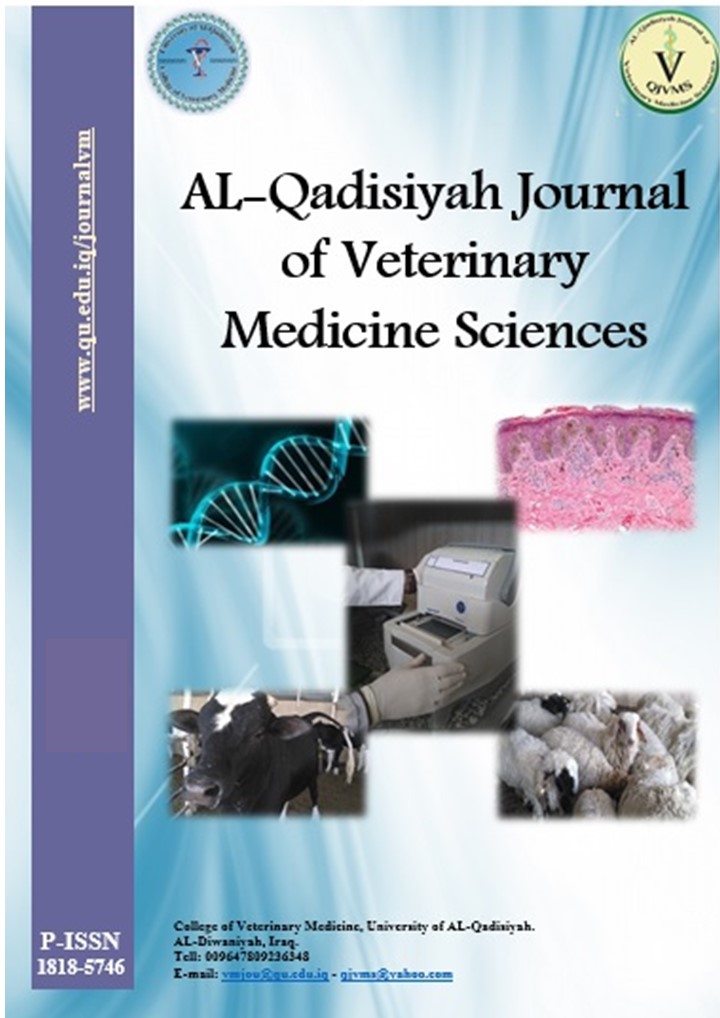Abstract
In sheep farming, one of the most crucial economic characteristics is increasing the number of livestock wondering for female newborns. This study aimed to investigate the middle-aged Iraqi sheep breed and determine its correlation with litter size by employing three distinct synchronization methods on the reproductive capabilities of Iraqi ewes grown in mid-southern Iraq. In a randomized block experimental design, eighty local ewes, aged three to four years old, were divided into four groups for the purpose of estrus synchronization: group 1 (n = 20 control animals), group 2 (n = 20 Medroxy Progesterone Acetate (MAP) sponges only), group 3 (n = 20 MAP sponges and GnRH), and group 4 (n = 20 MAP sponge and equine chorionic gonadotropin (eCG)). First, an ANOVA was applied to the data on estrus response, insemination, pregnancy, and prolificacy, followed by a chi square test. At (p≤0.05), the results were deemed significant. Over 80% of the ewes tested were response positively for estrus according to the group 2, which showed an intriguing success estrus rate. More than 75% of the ewes examined in Group 3 procedure demonstrated estrus. When the procedures were compared, group 3 outcomes for positive estrus, pregnancy rates, and litter size were superior. Therefore, it can be said that all tested protocols yielded outcomes that were good in terms of prolificacy, or the number of lambs produced per ewe, and estrus manifestation in compared to control group. While other treatments with the presence of the ram effect may improve the lambing rate and raise litter size, the MAP only protocol demonstrated higher findings for positive indicator of female pregnancy 66.6%.
Keywords
eCG
ewes
GnRH
litter size
pregnancy
sex ratio
sponges
